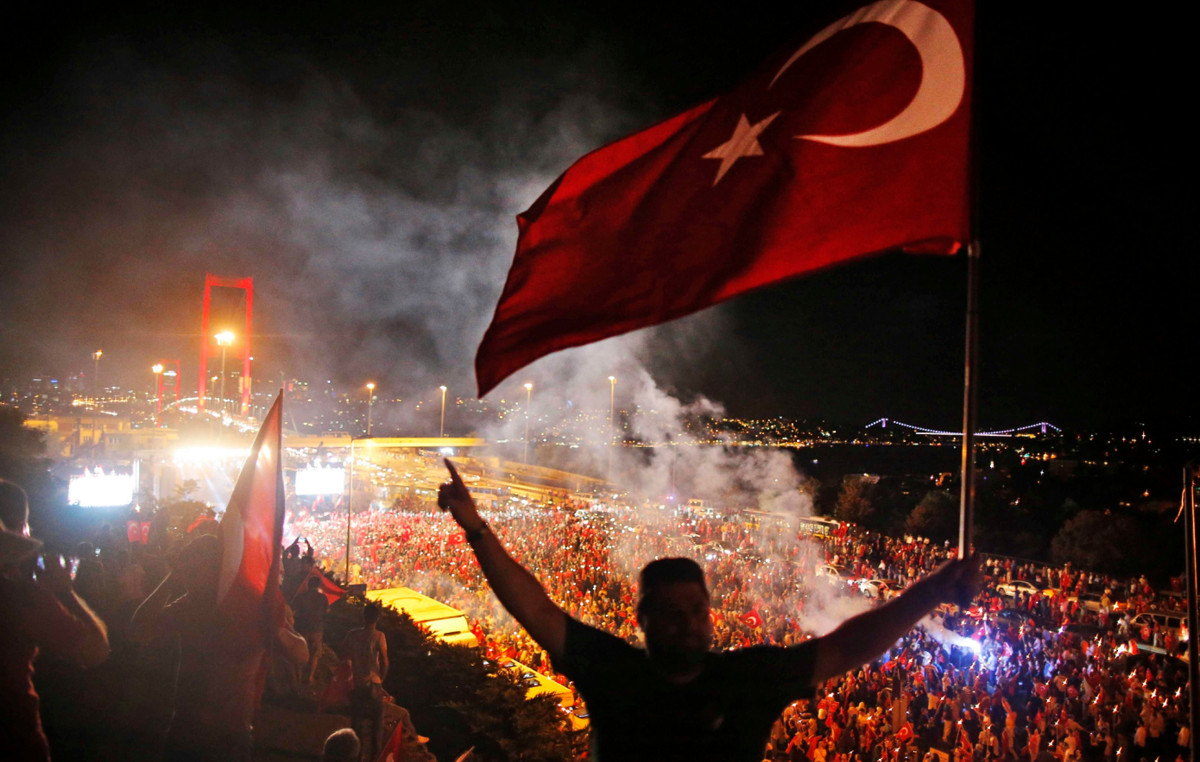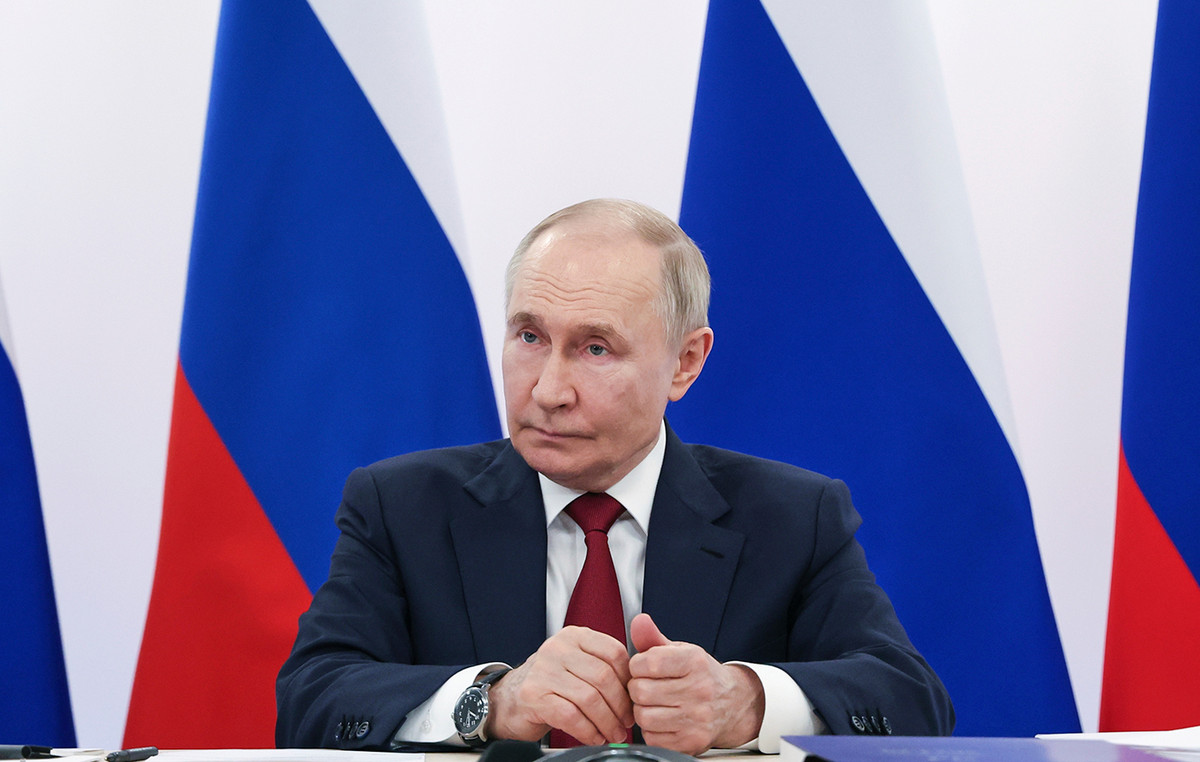Although at high levels, inflation in the country should continue to fall until the end of the year, maintaining the downward trend observed in the last three months. This is what economists heard by the CNN which estimate that the accumulated inflation of 2022 will close below the double digits.
However, they are also unanimous in stating that the drop in consumer prices should only start to happen in 2024. Despite the prospects, the scenario could change if new announcements of fuel adjustments occur – lagged in the international market – which, they assess economists, should make inflation rise again in the country.
Felipe Camargo, senior economist for Latin America at Oxford Economics, recognizes that the country had a month of “surprise” in the May IPCA, when it came in below expectations (0.47%), and that the trend, observing the current scenario, inflation is falling until the end of the year. However, he considers that caution is needed in relation to the coming months.
“I think this is the baseline scenario, yes (disinflation), but there are risks. It cannot be ignored that the exchange rate will fluctuate a lot during the electoral race. If the exchange rate depreciates enough, we could have another wave of rising inflation”, he pointed out.
“Petrobras has not yet given all the increases in the price of gasoline that it should. There is a considerable lag between the international price and the ANP price. If Petrobras announces another high, inflation will rise again as well,” he explained.
According to the study carried out by the economist at Fundação Getúlio Vargas, Alberto Ajzental, the Consumer Price Index (IPCA) accumulated in April this year, when it reached 12.13%, possibly marked the peak of inflation. “From now on, everything indicates that there will be a gradual fall in the indexes, a process called disinflation”, evaluates the economist.
Ajzental mentions that monthly inflation has been falling for three months and that, since January, the General Price Index (IGP-M), released by the FGV, has also been falling. He explains that the IGP-M is a harbinger of the IPCA, with a delay of about three months.
That is, the results of the IGP-M are reflected in the results of the IPCA three months later. And the monthly IGP-M has been dropping since February this year.
The economist explains that the main groups of commodities — corn, soybeans, wheat, meats, steel — are falling or have stopped rising. Oil is the only one that is still volatile and that may suffer from more impactful readjustments.
“The commodity groups that most impacted were oil with its derivatives, metallics, grains and proteins. Several of these are showing falling prices. Steel and aluminum are falling, corn is falling, soybeans are stable, wheat has already reached the top, cattle are falling,” said Ajzental.
“The drop in these raw materials is captured almost immediately by the IGP-m, however, they take longer and are smoothed out when they reach household inflation, which is the IPCA,” he added.
While in May 2022 the IGP-M had risen 4.10% and the accumulated index for the year at that time was 37.04%, the price index in May of this year was 0.52% and the accumulated index was at 10.72%.
According to Ajzental, there was deflation in raw materials of 6.19% in the last 12 months. Furthermore, according to the economist, the items that most helped to disinflate the monthly index were ore (-4.71%), soybean meal (-7.92%), corn (-3.62%) and cattle (-3.28%).
For Juliana Inhasz, economist and professor at Insper (Instituto de Ensino e Pesquisa), the outlook is positive in terms of an improvement in current inflation rates. However, the expert points out that the scenario will still be bad, even with disinflation.
“It is evident and it is important to say that prices are not falling, but that they are being readjusted at a slower rate. When we say that inflation is falling, we say that before prices were rising very fast, but now we will start to see a continuity of price escalation, but at a slower speed”, he pondered.
She says that the country is apparently in a moment of economic recovery, even if it is still slow. “The market has absorbed more workers, which is a sign of increased production,” said Inhasz.
The economist explained, however, that there is concern that the increase in demand will be greater than the supply, which could put pressure on prices again. “If demand grows in the face of an economy that is still unable to absorb this increase, there may be price pressure that at some point is unexpected.”
Finally, the economist pointed out that Brazilians will still pay dearly even in 2024.
“It is necessary to reduce costs a lot, or to have a very strong brake on production costs, which does not happen today, so that inflation falls considerably. There are still points of attention. Even if fuels fall for the final consumer, for example, there is no guarantee that this reduction will impact the drop in product prices. Many traders, entrepreneurs, can take advantage of this drop to regain the margin, as they also suffered the strong impacts”, he concluded.
In the last partial bulletin of the Focus Report, released on June 6, market forecasts indicated that inflation in 2022 will close at 8.89%, and at 4.39% in 2023. The estimates were worse than the data. disclosed in the previous bulletin, on May 2, when it pointed to an inflation of 7.89% for this year and 4.1% for next year.
Source: CNN Brasil







